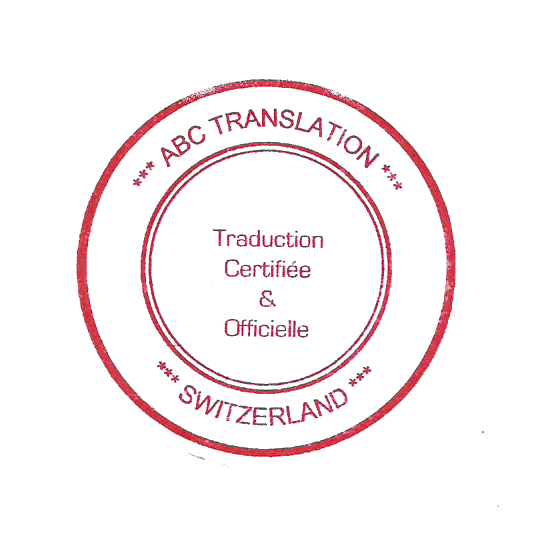AI & the Business of Translation – A Revolution or a Risk?
Over the last two articles, we’ve explored how translation technology has evolved and how AI is reshaping the work of translators and interpreters. But the biggest question for businesses is: Should they trust AI-powered translations for their critical content?
From corporate documents and global marketing campaigns to life-or-death legal and medical translations, accuracy matters. This article will examine:
- How AI is changing the way businesses approach translation services.
- The cost vs. quality debate—do AI-generated translations actually save money?
- The risks and rewards of AI-driven translations in high-stakes industries like law and healthcare.
Is AI really a game-changer for businesses, or is it creating new challenges they didn’t anticipate?
How AI is Reshaping the Language Services Industry
In the past, companies relied on human translators to localize content, maintain brand messaging, and ensure accuracy. While this was costly and time-intensive, businesses knew they were paying for precision and reliability.
AI has disrupted this model, offering instant, scalable, and cost-effective translations. But is it delivering the value businesses expect?
🔹 The AI Advantage: Many companies, especially e-commerce brands, tech firms, and global corporations, are using AI-driven translation to scale their content. Whether it’s product descriptions, customer service chats, or internal documentation, AI allows businesses to translate high volumes of text at a fraction of the time and cost of human translation.
🔹 The Hidden Cost of AI Translation: While AI can translate quickly, it often lacks nuance, cultural adaptation, and industry-specific accuracy. This leads to businesses hiring human translators for post-editing—sometimes negating the cost savings. Misinterpretations can also lead to legal issues, branding mishaps, and even reputational damage.
🔹 How Businesses Are Adapting: Some industries are blending AI with human expertise, using AI for first drafts and human translators for final polishing. Others still rely on professional linguists for high-value content while automating only low-risk translations.
The Cost vs. Quality Debate: Is AI-Generated Translation Really Cheaper?
At first glance, AI-driven translation seems like a no-brainer for businesses looking to cut costs. But does it really save money in the long run?
Where AI Saves Costs:
- AI is ideal for high-volume, low-risk translations (e.g., FAQs, internal documents, product listings).
- It eliminates the need for large in-house translation teams, reducing overhead costs.
- Instant translation can speed up international expansion by making content accessible faster.
Where AI Increases Costs:
- Post-editing is often required, meaning businesses still need human translators to fix errors.
- Inaccurate AI translations can lead to legal issues, customer complaints, or brand damage.
- AI struggles with creative, nuanced, and industry-specific content, making it unreliable for legal, medical, or marketing translations.
For businesses, the key takeaway is cost-efficiency doesn’t always mean cost-effectiveness. While AI can lower translation expenses, a poorly translated contract or marketing campaign could cost far more in the long run.
The Role of AI in Legal & Medical Translation: Can Machines Handle High-Stakes Content?
Some industries can afford a few mistranslations—law and medicine are not among them. A misinterpreted contract clause or mistranslated medical term can have serious financial, legal, or even life-threatening consequences.
🔹 Legal Translation & AI:
- Legal documents require absolute precision—one incorrect term can alter a contract’s meaning.
- AI struggles with context, legal phrasing, and jurisdiction-specific terminology.
- Many law firms still prefer human legal translators or AI-assisted translation with rigorous post-editing.
🔹 Medical Translation & AI:
- Healthcare relies on highly specialized language—a misinterpretation of a dosage, condition, or symptom can be critical.
- AI cannot always recognize medical nuances, leading to dangerous misunderstandings.
- AI is useful for non-critical tasks like patient information sheets or research papers but is still risky for diagnoses, prescriptions, and legal medical documentation.
While AI is transforming many areas of translation, legal and medical fields remain high-risk sectors where human expertise is essential.
Pros & Cons of AI in Business Translation
Pros:
✔️ Speed & Scalability: AI translates high volumes of content almost instantly.
✔️ Cost Savings (in Some Cases): AI is great for basic translations where perfection isn’t essential.
✔️ Good for Internal & Low-Stakes Content: AI works well for employee handbooks, chatbots, or user-generated content.
Cons:
❌ Risk of Costly Errors: Inaccurate translations can result in legal issues, customer misunderstandings, or PR disasters.
❌ Lack of Creativity & Cultural Sensitivity: AI struggles with marketing, branding, and localized messaging.
❌ Industries Where AI Falls Short: Legal, medical, and highly specialized fields still require human expertise.
Final Thoughts
AI is reshaping the translation industry, but businesses need to be strategic about when and how they use it. While AI can cut costs, over-relying on machine-generated translations can lead to miscommunication, legal trouble, and brand damage.
For businesses, the smartest approach is often a hybrid model—using AI for efficiency but keeping human translators in the loop for quality, nuance, and high-stakes content (AI & the Business of Translation).
As AI evolves, the companies that find the right balance between automation and human expertise will come out on top.
Up Next: Our next article will explore the ethical concerns of AI in translation—bias, data security, and the impact on endangered languages. Stay tuned!





